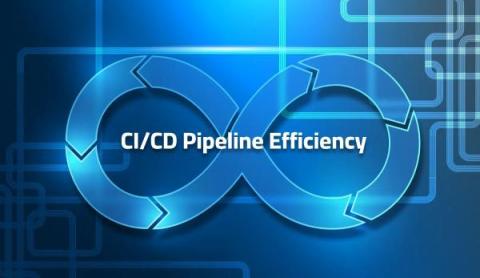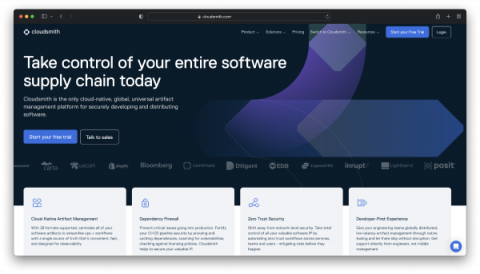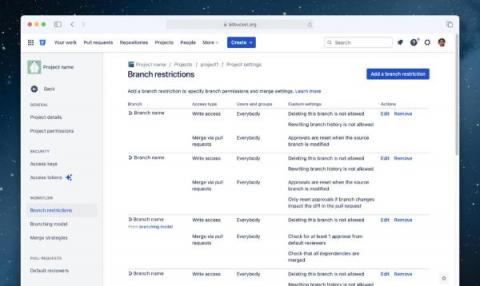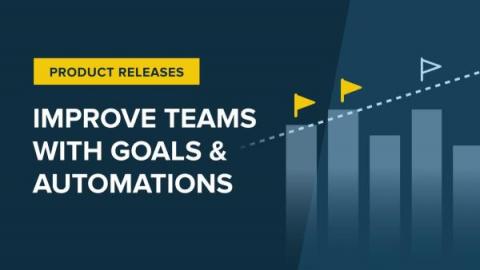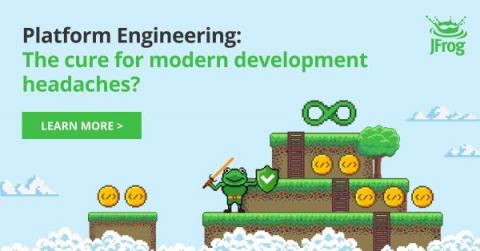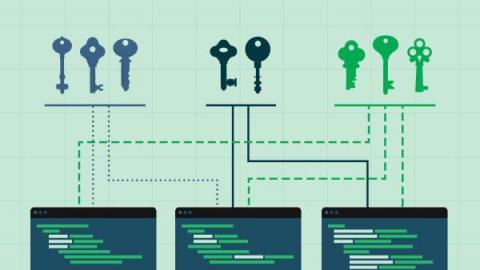Setting up continuous integration with CircleCI and GitLab
CircleCI supports GitLab as a version control system (VCS). In this tutorial you will learn how to set up your first CircleCI CI/CD pipeline for a project hosted on GitLab. As GitLab can be used either as a SaaS tool, as well as self-managed on-premise installation, I will cover the steps to connect it with CircleCI for both.




